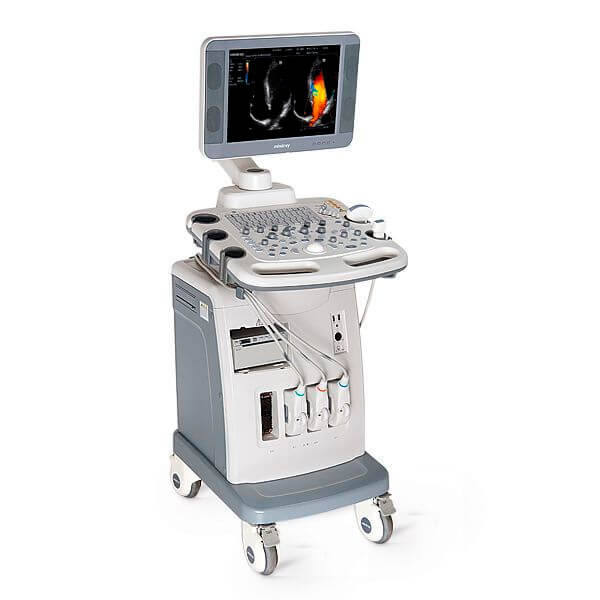Electrocardiogram (ECG)
What is an Electrocardiogram (ECG)?
An Electrocardiogram (ECG) is a medical test that measures the electrical activity of the heart. It records the heart's rhythm and the electrical signals that control the heartbeats.
The ECG test is non-invasive and involves attaching electrodes to the chest, arms, and legs to measure the electrical signals. The resulting ECG trace provides information about the heart's rate and rhythm, and can help diagnose conditions such as heart attack, heart failure, and arrhythmias
Before having an Electrocardiogram (ECG) test, here are some key points to keep in mind:
-
Preparation: You should remove any clothing that covers the chest area and jewelry that might interfere with the ECG electrodes. You may also be asked to remove creams, lotions, or oils from your skin, as they can interfere with the ECG signal.
-
ECG electrodes: The ECG test involves attaching electrodes to your chest, arms, and legs. The electrodes detect the electrical signals that control your heartbeats.
-
Lying down: During the test, you will lie down on an exam table. The ECG electrodes will be attached to your skin, and the machine will start recording your heart's electrical activity.
-
Heart rate monitoring: The ECG test typically lasts only a few minutes and does not require any physical activity. However, you should try to lie still and avoid talking during the test to obtain an accurate ECG trace.
-
Results: The ECG trace is usually available immediately after the test and can provide valuable information about your heart's rate and rhythm. Your doctor will interpret the results and discuss the findings with you.


